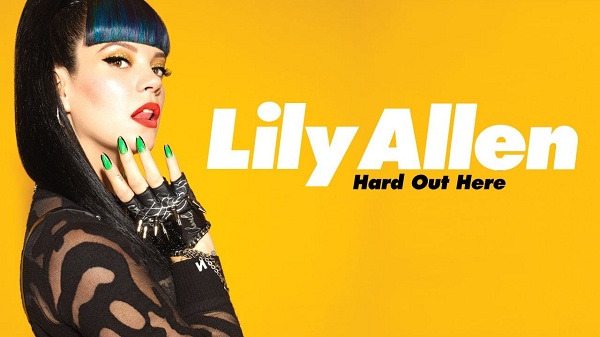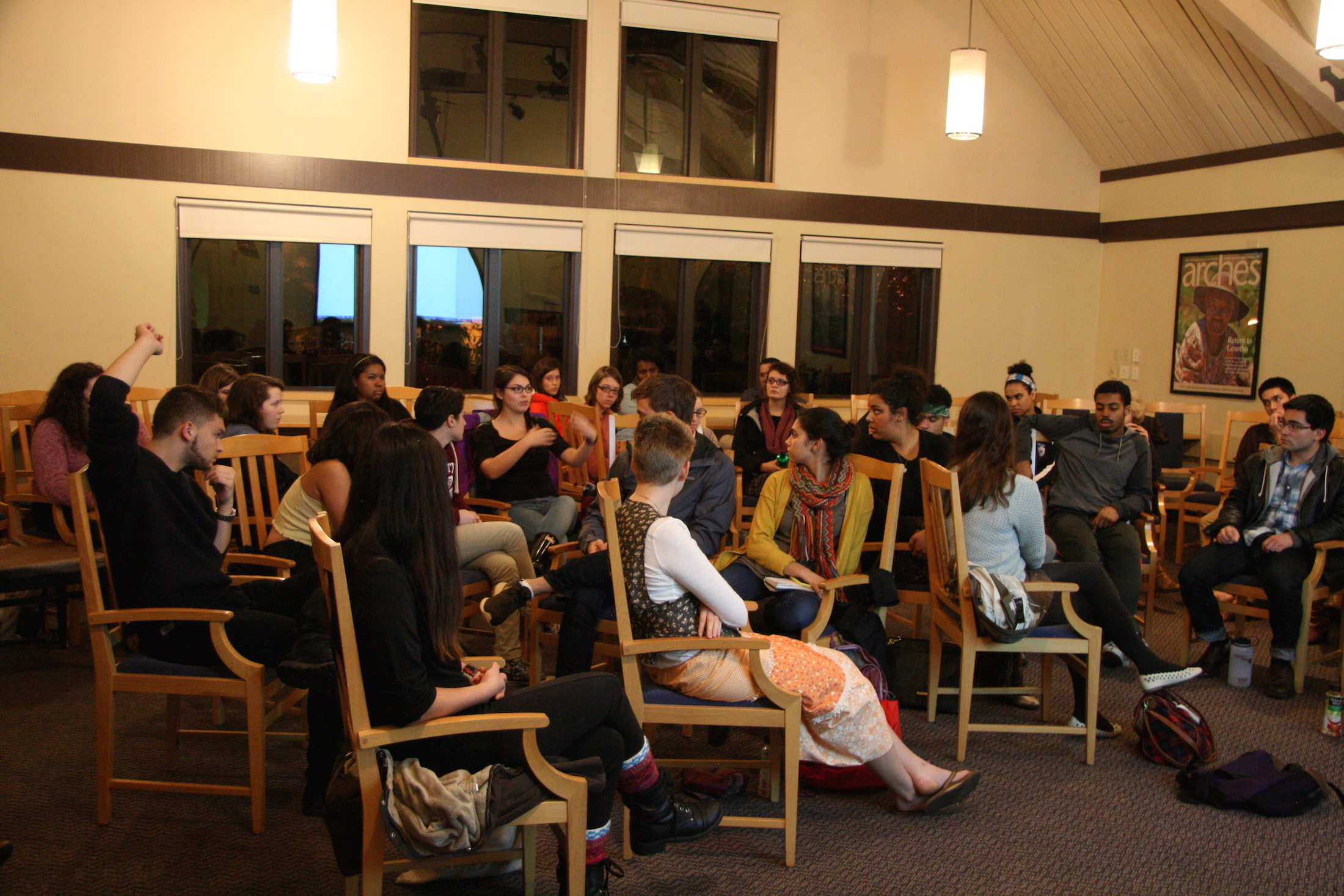
I love British culture. When I was little, I wasn’t allowed to watch TV, but I was always welcome to watch BBC programs with the family. I thought John Cleese was the funniest man in the world for the entirety of my childhood. Until I was in my teens, I understood British humor better than American comedy.
As a competitive ballroom dancer in high school, some of my favorite people to hang out with were dancers from the UK, always ready to teach me some slang and demonstrate differences between regional accents.
And British music? Fantastic. So naturally, when I first heard the UK’s sassy singer-turned-American-pop-sensation Lily Allen’s new single, “Hard Out Here,” I was nothing short of thrilled. I loved everything about it—the satire, the sass and even the imagery in the video—imagery that, within a matter of days, made headlines as potentially racist and oppressive.
The charges were that Allen had used black female dancers as props in her video to elevate her own position as a white feminist icon.
To understand the public change of heart, I caught up with senior art major Emily Menk, who took to her Facebook regarding both sides of the controversy during the week Allen’s video dropped.
“I have the privilege of being white, and because of that I didn’t pick up immediately on the issue of caricature and objectification of colored women that presents itself in the video—I just assumed it was part of the satire. It wasn’t until I read a post that a friend shared that this issue was brought to my attention,” Menk said.
Menk refers here to an article on award-winning writer Mia McKenzie’s blog, Black Girl Dangerous, entitled “Easy Out There For A (White) Bitch: A Few Words On Lily Allen and the Continued Use of Black Women’s Bodies As Props.”
Menk, who had originally posted a link to the video praising its feminist message of empowerment and pride, stated, “reading the post and knowing that there were women of color who took issue with the video really made me step back and take a closer look at the video, which led me to having a change of heart about the contents of the video.”
I admit that, personally, even after glossing over McKenzie’s post once, I was still skeptical of any potentially racist message.
The video does not feature ONLY black female dancers. There is at least one female dancer who appears to be Caucasian, and Allen participates in a portion of the main choral dance sequence.
In a message on her Twitter account, responding to allegations of thinly veiled racist imagery, and her participation in only the more conventionally tasteful sections of choreography, Allen clarified, “If anyone thinks for a second that I requested specific ethnicities for the video, they’re wrong. […] If I could dance like the ladies can, it would have been my arse on your screens; I actually rehearsed for two weeks trying to perfect my twerk, but failed miserably.”
Moreover, I felt that the message would have been lost had Allen’s video not included black dancers.
It is true that their bodies are most often objectified. But it is for that reason that I felt including them in a satire that called attention to that problem, and this time with another woman in front of the camera, instead of a male rapper toting a fifth of gin and spitting rhymes about his game in the club, was more empowering than problematic.
McKenzie’s article expressed a different view however. She wrote: “Satire works best when you are flipping the script on the oppressor, on the system. When you are calling attention to the ways that the system is jacked by amplifying the absurdity of that system. Not caricaturing and otherwise disrespecting the people who are oppressed by that system.”
McKenzie went on to characterize the video as problematic in that it was not a cohesive feminist message, but instead only addressed the empowerment of white women in modern international popular culture.
“Here’s yet another white feminist throwing black women under the bus because she has some point she’s trying to make about…sexism? I mean, I can hardly tell, probably because my feminism includes black women. Because I don’t see black women, or any other women of color as tools, props, or background noise for white women’s self-expression.”
Menk, who called the video and McKenzie’s post a “reminder to check [her] own privilege,” qualified: “I know the video was intended to be a satire, but unfortunately it only serves as a satire for white women—intersectional feminism is lost in the video by placing the women of color in these caricatured roles that Allen is trying to satire.
“It’s a case of intent versus impact—while Allen may not have intended for it to come off as racist, when you try to make a satire like this (or any commentary about a marginalized group) from a place of privilege there’s a very, very fine line that one can walk before it becomes offensive—one that’s better left alone completely, since it almost always comes off wrong (like in this case).”
In the end, I’m still not certain how I feel about the video. I absolutely agree that the experiences of upper-class white women in America in this day and age are different than the experience of minority women, but I do not feel that Allen’s vision for the video came from a place of malice.



